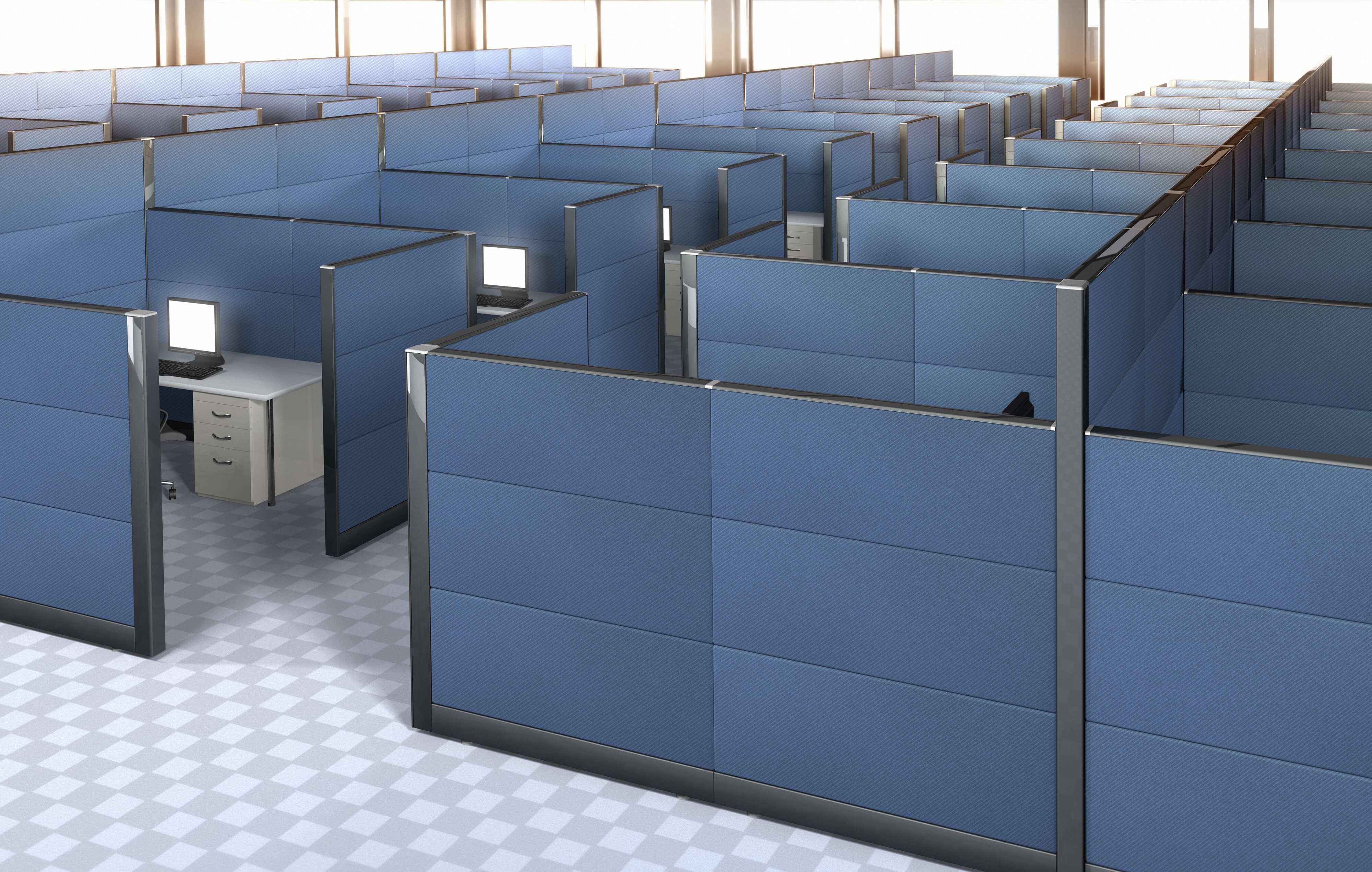A recent article in the NY Times about “secret spaces” made me think about floor space layouts in business settings. I am NOT suggesting you copy any of the implementation details or style from the NY Times article. I merely cite it for the proposition that companies are recognizing the need for spaces away from the usual chaos of the open floor space area. The rooms pictured in the article are depressingly inaccessible to wheelchair users from the way the doors are exposed and activated to the way the furniture is laid out.
That being said, the article is right that office space open floor plans do create chaos in the following ways:
Lights
Fluorescent lights typically found in cube farms can be glaring and are known to flicker quite a bit. I have at least one coworker in every large company I’ve worked at for the past decade who had a nylon pop-up tent over their desk to filter the lights, typically because the flickering causes migraines.
Noise
Everyone has “that loud person” at the office. The one that you think “why can’t they shut the door when they go into a conference room?” Or the one that spontaneously kicks off a whole Slack chain about the poor person on the receiving end of the conversation.
While annoying to most of us, this level of noise, or even white noise, or seasonal noise that we don’t think about until it is happening — crickets, bullfrogs, woodpeckers, or hail on the roof can completely derail the thought processes of people with ADHD or Autism. In IT, this is almost 10 %of the self-identified working population according to a recent Stack Overflow survey. This type of noise also really hurts people with hearing loss, who may only have functioning hearing on one side (or neither) and are more adversely impacted by “cocktail party” like noise.
Where’s Waldo (Business Edition)
People with autism can be particularly impacted by constant change in patterns and structure. In an open floor plan, for example, you might not get to leave your stuff in the same locker every day. Certainly people won’t be in the same locations every day. And that’s where my personal pet peeve comes in — the effort it takes to track people down.
As a wheelchair user, it takes a lot more time and effort for me to track someone down than someone without a disability. If I don’t know where someone is because they could be anywhere, on any given day, that is an extra (and awful) burden on me to track them down, especially because I can’t just dash up the stairs and peek. It’s
- in the elevator
- up one floor
- look around going up and down rows NOT being able to see over cube walls despite being 5′ 11″
- Repeating steps 1–3 until the person is located.
Text/Slack first you say? People aren’t always looking at their phones, and many open floor plans have dead Wi-Fi spots. Make people come to me. Yes, I do that as a last-ditch thing sometimes, but I hate being viewed as a queen who gets to hold court simply because I use a wheelchair. So my approach is usually a combination of all of the above.
Smells
Because there is typically one centralized kitchen area per floor in an open floor plan, microwave reheating lunch smells can get out of control. And in a multicultural setting, what one person thinks smells like heaven can send another running for the hills.
Involve people with disabilities in the new building process
This is a really important, and probably the only practical method of avoiding all of the problems cited above above. If you involve people with various different disabilities from chemical sensitivities (they can check out new paint, carpet, etc) to autism (lights, noise, quiet room allocation) to wheelchairs (everything from movable desks to coat rack heights) in the new building planning / remodeling process. Just don’t start by saying “We’ve already decided to have an open floor plan and …” Really listen to your employees feedback and respect the fact that there is a cost in productivity and employee satisfaction when you do so.

0 comments on “How Open Floor plans Discriminate against People with Disabilities”